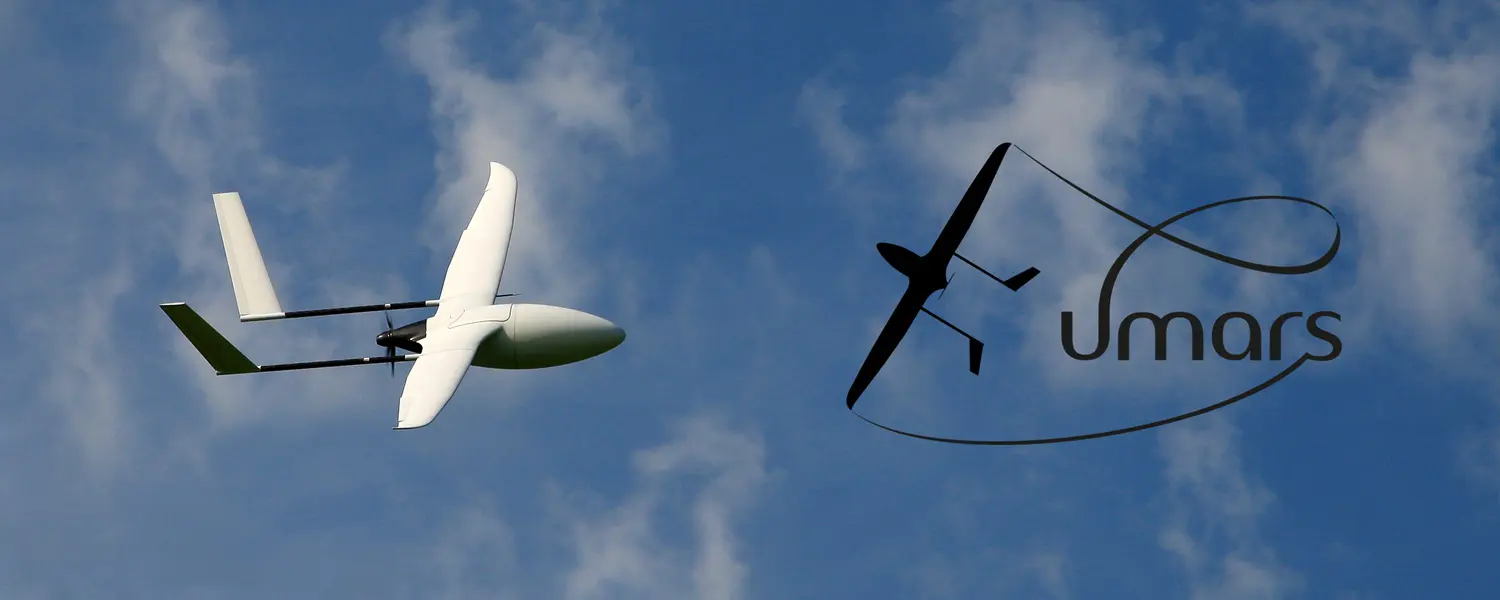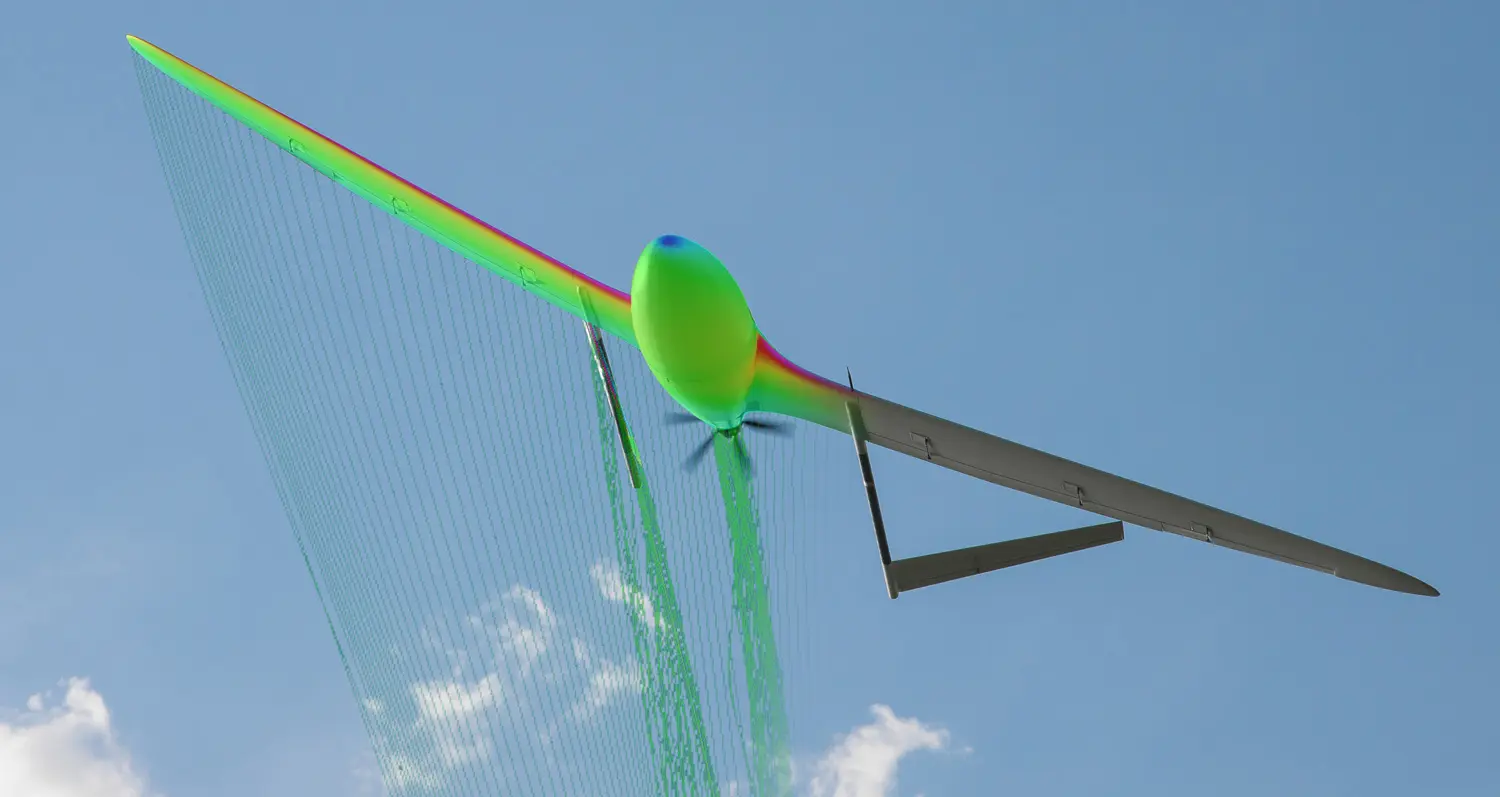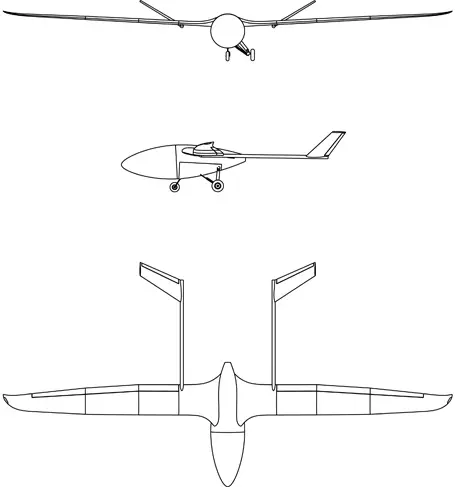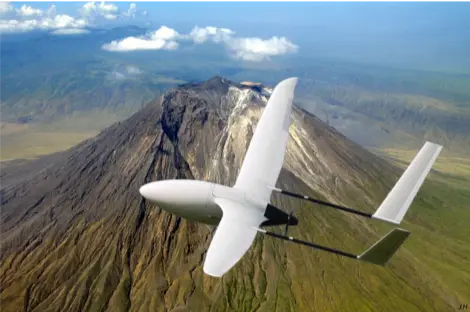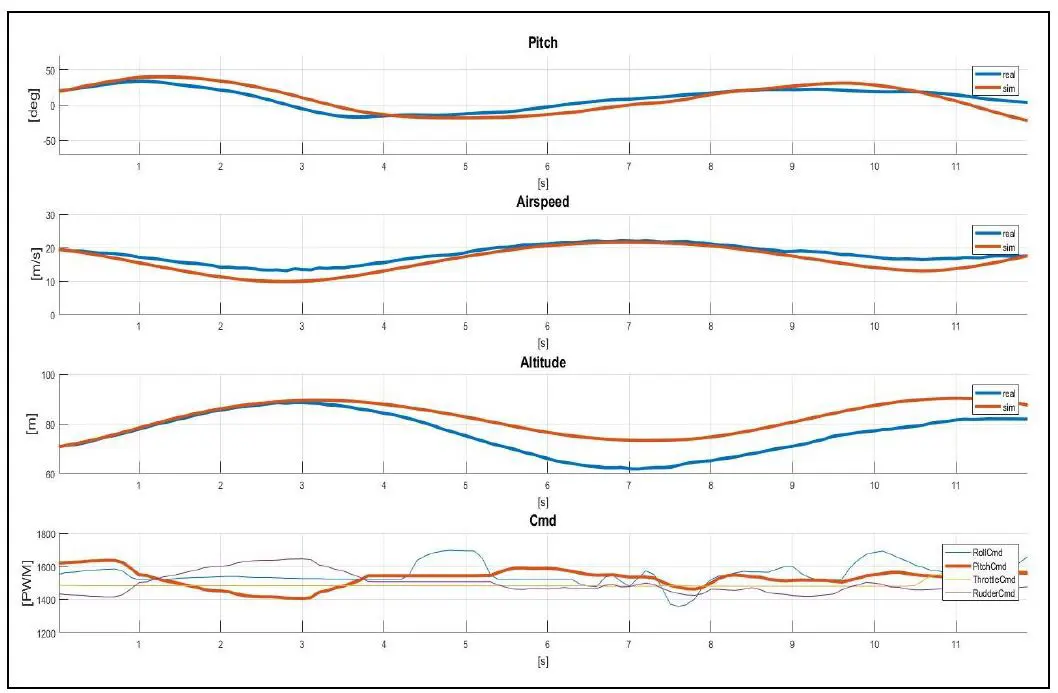UMARS 2.0 Laboratory
Laboratory Description
UMARS 2.0 – the second iteration of the Unmanned Modular Airborne Research System of the Center for Aviation. With a wingspan of five meters and a maximum take-off mass (MTOM) just under 30 kg the UMARS is a modern research drone with the ability to perform rather complex and longer missions. UMARS was developed in cooperation with the Institute for Mechanical Systems (IMES) and features a modular fuselage construction, allowing the UMARS to be equipped with a wide range of measuring equipment. This enables UMARS to be used in a variety of applications – with the installed autopilot also autonomously. Possible examples are meteorological research, environmental studies, ground survey missions or even the flight testing of new flight control systems or flight mechanics subjects in general.
Development
UMARS is a joint development of the Center for Aviation (ZAV) and the Institute for Mechanical Systems (IMES) of the ZHAW School of Engineering. While the aerodynamic concept was mainly developed at the Center for Aviation, the IMES took the lead in the structural development of the UMARS. During the development, the ultimate goal was to maximize aerodynamic efficiency while retaining good handling characteristics to ease piloting. The goal was ultimately achieved by applying state-of-the-art simulation tools. After the creation of a prototype and a demonstrator aircraft, their respective flight testing and validation of the simulations, the gained knowledge was applied in the development of UMARS 2.0. UMARS 2.0 benefits from improved efficiency of the wings, a split V-tail and an enlarged payload bay. The avionics concept was analyzed and optimized with system safety in mind. With an integrated emergency rescue system in form of a parachute, the UMARS 2.0 is protected against possible system failures. UMARS 2.0 is launched with a droppable take-off wagon, which allows omitting a fixed landing gear improving overall efficiency in flight, increasing endurance and range. However, a fuselage with fixed gear is currently in the process of being readied for use.
Possible Applications
Thanks to its modular fuselage construction and its large payload bay, UMARS 2.0 is suitable for use for a wide variety of applications. Payload mass could be increased as a trade off with propulsion battery capacity. Owing to the installed Pixhawk autopilot and flight control system, Missions can be preprogrammed and autonomously executed by UMARS. Therefore, only a minimum of two operators are needed for successful operation, one acting as pilot and another supervising the airspace and telemetry data from the UMARS.
One possible application is measuring air quality, detection of trace gases or surveying missions. Compared to a manned aircraft as sensor carrier, UMARS can directly take off from the mission area and is not dependent from airport infrastructures. Furthermore, operation of UMARS is more cost effective than a manned aircraft with the same sensors on board. UMARS 1.0 has been successfully utilized in such a campaign already in 2011 in the Reusstal in Switzerland.
Furthermore, UMARS 2.0 can be used as a testing platform for flight control systems and flight mechanics applications. The Center for Aviation created a dynamic simulation model in Matlab Simulink of the UMARS 2.0, which can be used to simulate the flight characteristics of the UAS. Therefore, UMARS 2.0 is also a practical didactics tool, which can and has been used for Bachelor theses. UMARS will also be used during the later stages of flight testing of the HORUS UAS supervision system currently under development at the ZAV.
